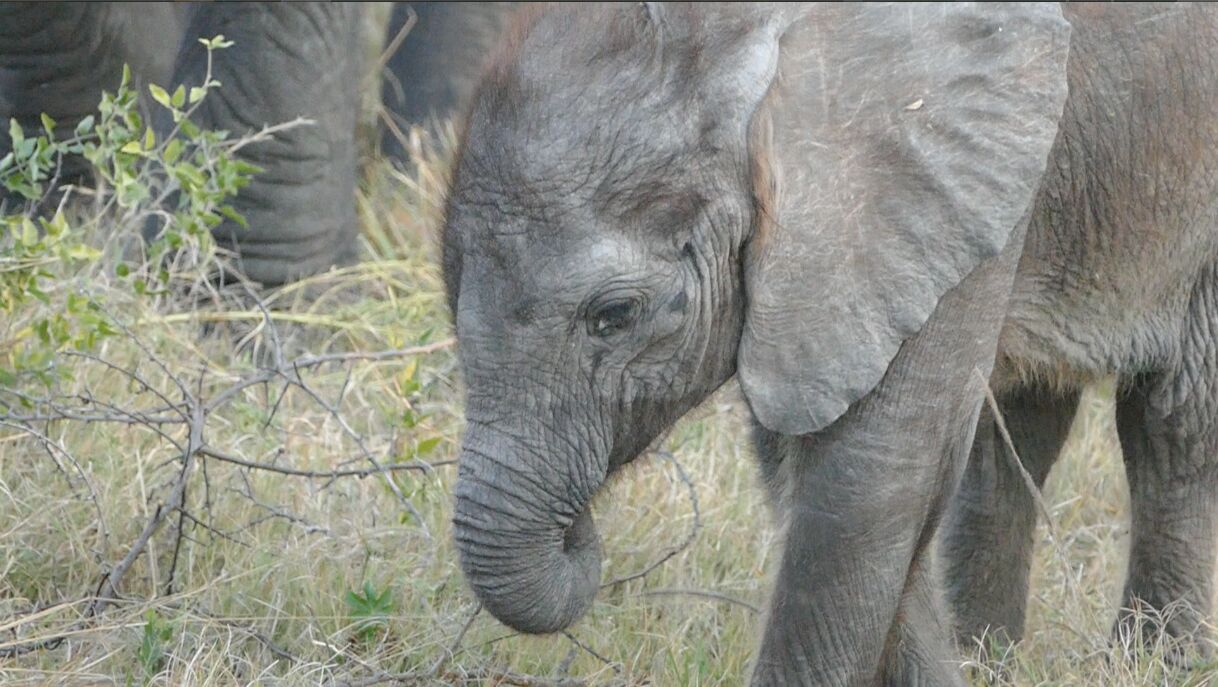A Harmonious Resistance Creates Global Solidarity for Standing Rock
A Harmonious Resistance
For more than a year, the Standing Rock Sioux Tribe has been at war with natural gas’s close comrade, Energy Transfer Partners (ETP), over the development of the controversial $3.8 billion Dakota Access Pipeline, which has frequently been referred to as “DAPL.” (Many resistance members call it “the Black Snake.”) The approved project designs developed by the U.S. Army Corps of Engineers (USACE) and supported by the U.S. Government, have allowed ETP to push all the way through the state of North Dakota down to the edge of the Missouri River.
Despite their clear-cut plans, an unanticipated tribe of Native Americans sparked a spiritual resistance residing within the Sacred Stone and Oceti Sakowin campgrounds. The movement gained public attention and increased energy due to the high risk of a pipeline burst. If a leak were to occur, it could then contaminate drinking water for millions of people. As you can see, no longer was this just a local issue, environmental and human rights activists filed in from all over the world calling themselves the “Water Protectors.”
Weapons of Peace
As tensions began to rise, support on both sides developed further and further. Tens of thousands of people joined the camps in solidarity of the Standing Rock Sioux Tribe, while police departments from surrounding states joined forces and ramped up their control tactics. With little physical chance against the onslaught of high-powered water hoses, rubber bullets, tear gas, and sound cannons, the water protectors decided to fight back through strong beliefs in the ability of music, dance and prayer to call on spiritual support. In many Native American cultures, it is commonly believed that their music has been passed down from the time of creation and has carried on many spirits of its past. Through playing this music the tribes trusted that they were able to connect with these spirits and call on them for support in a time of need. Supported by the power of the people, they began using music to call in assistance from all realms of existence.

The strumming chords, beating drums and singing loud voices vibrated through the mountains, valleys and rivers, activating a new beat in the hearts of thousands around the world. Peaceful protests and rallies sparked like a raging wildfire. At one point, herds of wild buffalo serendipitously stormed the fields during a tense period between police and protesters. Writers, photographers, videographers, actors and musicians were flocking in to support and contribute their efforts towards fighting the well-oiled DAPL machine. They played at benefit concerts, posted YouTube videos and created hashtags such as #WaterIsLife and #DefendTheSacred in order to stimulate a global movement.

Conservation Music was able to sit down with Max Ribner, an avid water protector and brass musician for the massively popular band Nahko and Medicine for the People, to speak on the power of music at Standing Rock. While travelling around the world, Max speaks to music venues, audiences and local communities on the importance of clean water and the “ripple effect” that they can create by “looking at their water locally, their local Standing Rock.” He believes that art, especially music, is very pivotal in relaying a message and inspiring others because “the sounds and tones take people to a different dimension, by binding them together and allowing them to look past the spectrums of diversity.”
Max strongly feels that the movement did not end at Standing Rock, and that “the water issue is not at one place, it is in thousands of places that need to be protected in this country, and outside of this country.” He trusts that “music has a way to weave, and that weaving basically creates a spark in someone’s body or their consciousness to actually do something.”
Another iconic musician that was involved with, and unexpectedly visited, Standing Rock was Dave Matthews. He had been assigned a visit to the Standing Rock Sioux tribe’s school as part of an Obama-administration program, and as he said, “I was just somebody who wanted to use some of my strength as an artist to inspire some kids, that proximity [to the pipeline] was completely coincidental (Greene, 2016.) After witnessing peaceful protestors experiencing intense resistance from the police forces, Dave knew he had to be a voice for the voiceless. He did just that by organizing a benefit concert, in which all of the proceeds went towards supporting the efforts of resistance throughout the brutal winter. It was through these peaceful tactics and a global showing of solidarity, that the water protectors were able to remain strong against the unlikely odds.

The Final Setback
Shortly after the Presidential Inauguration, President Trump signed the documents that the USACE needed in order to advance the review and approval process for the section of DAPL that has yet to be built. After issuing a final evacuation date of February 22nd, the camps were raided by armed forces and any remaining campers were arrested. Despite the outcome, the water protectors have counted this one as a victory. The battle at Standing Rock is being viewed as the beginning to a global movement of standing up for clean water and indigenous rights. Communities around the globe are prepared to ride this wave by continuing the fight through financial and legal approaches. Many individuals have already divested from banks that are invested in the pipeline, in order to “gut the snake.” This tactic has been mimicked at a larger scale by several cities divesting from these banks as well. Musicians, such as Nahko Bear of Medicine for the People and Taboo of the Black Eyed Peas, are also remaining involved by creating songs dedicated towards raising awareness. The #NoDAPL movement has climbed many mountains in order to inspire and awaken millions of people towards fighting for what is right. A wave of renewal and awakening is spreading, creating space for the teachers, musicians, writers, artists and activists to rise and make a difference.
RT if you believe in the power of music to #StandUpforStandingRock ! #WaterIsLife #NoDAPL @ConservationMusic http://on.natgeo.com/2mSnUhF
Tweet this
This post was written by Charles Ross for Conservation Music.
About Conservation Music

Our Musical Nonprofit For Conservation
of Conservation Music
Facebook Twitter Instagram Linkedin
Conservation Music is on a mission to produce and promote musical media that educates listeners and viewers in conservation and sustainability, with an emphasis on rural developing communities, and to serve as a platform for similar efforts. Currently, the organization primarily collaborates with musicians throughout Southern Africa, catalyzing songs in local genres and local languages regarding local conservation issues in countries like Lesotho, Botswana, Angola, and more.
About the Editor
 Alex Paullin
Alex Paullin
Facebook Twitter Instagram Linkedin
info@conservationmusic.org
After years of soul-searching and months in the African wilderness with the National Geographic Okavango Wilderness Project, musician and geographer Alex Paullin combined his foremost passions and founded Conservation Music, a non-profit aiming to foster a global culture of sustainability using music as the messenger. Throughout his life he aims to expand the Conservation Music movement globally, in hopes that his lifetime will see and hear songs of conservation being sung throughout the world.
Sources:
Chappell, B. (2017, February 09). Tribe Reportedly Files Legal Challenge To Dakota Access Pipeline. Retrieved March 03, 2017, from http://www.npr.org/sections/thetwo-way/2017/02/09/514317352/tribe-reportedly-files-legal-challenge-to-dakota-access-pipeline
Donnella, L. (2017, January 25). Dakota Access Pipeline Foes: We Aren’t Done Fighting Yet. Retrieved March 03, 2017, from http://www.npr.org/sections/codeswitch/2017/01/25/511476889/dakota-access-pipeline-foes-we-arent-done-fighting-yet
Hersher, R. (2017, January 24). Trump’s Move On Keystone XL, Dakota Access Outrages Activists. Retrieved March 04, 2017, from http://www.npr.org/sections/thetwo-way/2017/01/24/511411653/trumps-move-on-keystone-xl-dakota-access-outrages-activists
Greene, A. (2016, November 17). How Musicians Are Joining Fight at Standing Rock. Retrieved March 04, 2017, from http://www.rollingstone.com/music/features/how-musicians-are-aiding-standing-rock-protests-w450699
Levine, V. L. (2014, January 31). Native American music. Retrieved March 04, 2017, from https://www.britannica.com/art/Native-American-music
Imagery:
Photo 1: Taken by Charles Ross
Photo 2: Stands with Standing Rock! Peaceful March & Rally Seattle, WA. Taken by John Duffy is licensed under CC BY 2.0
Photo 3: Provided by Max Ribner
Photo 4: Taken by Avery White, Uploaded by Paul Weaver. Source.





 Video still shot by
Video still shot by 


 Photo by Jacob Crawfurd of
Photo by Jacob Crawfurd of  Photo by
Photo by  Video still shot by
Video still shot by 